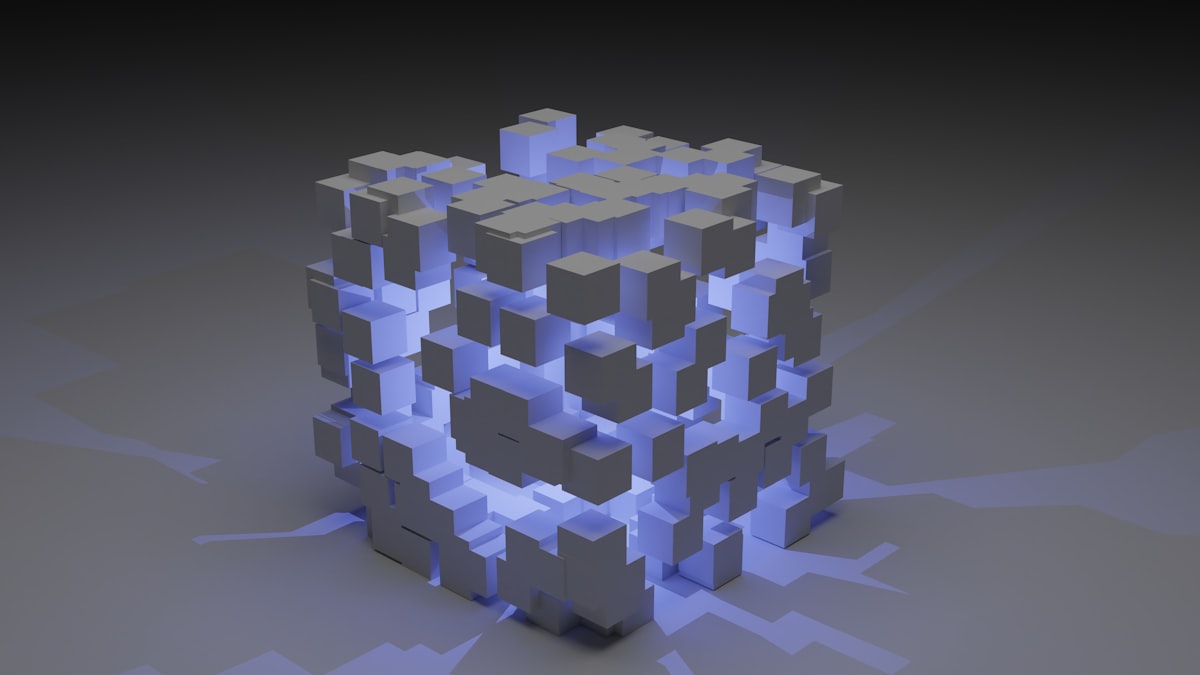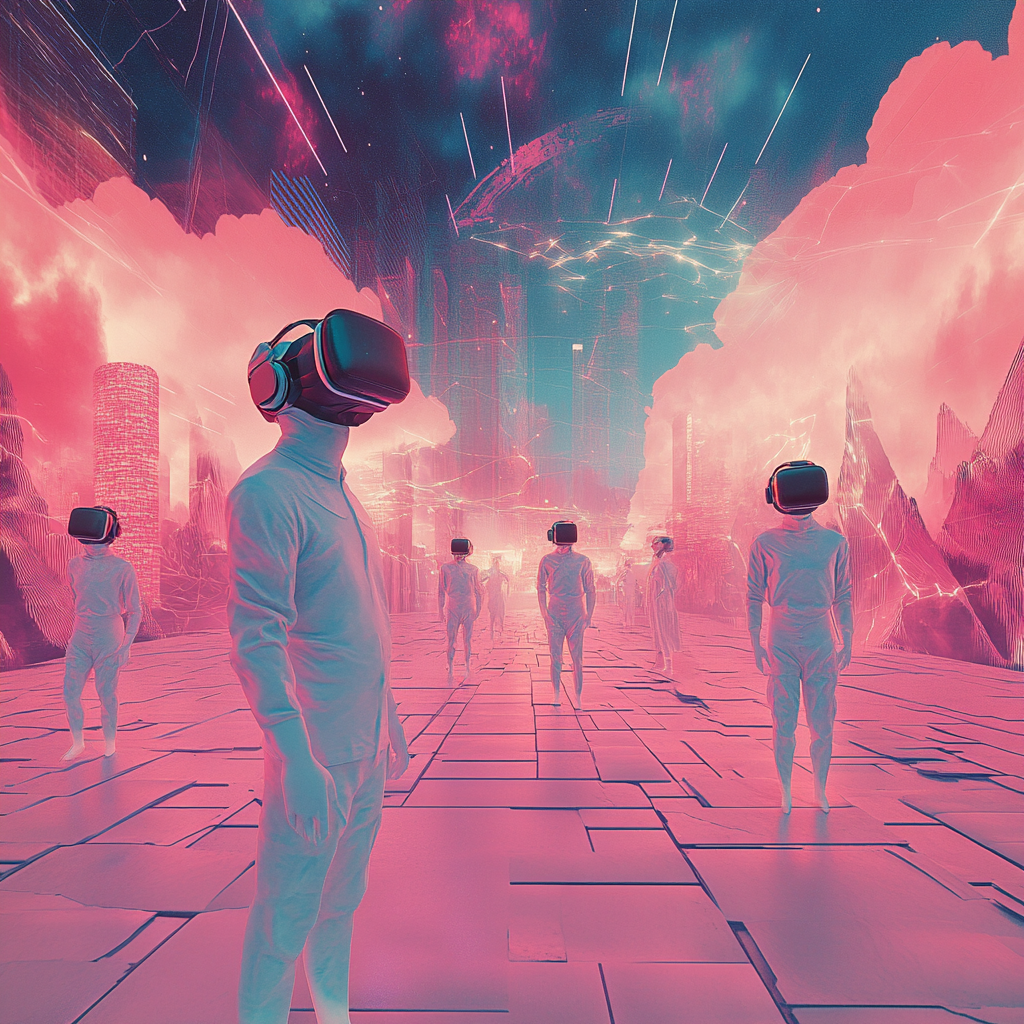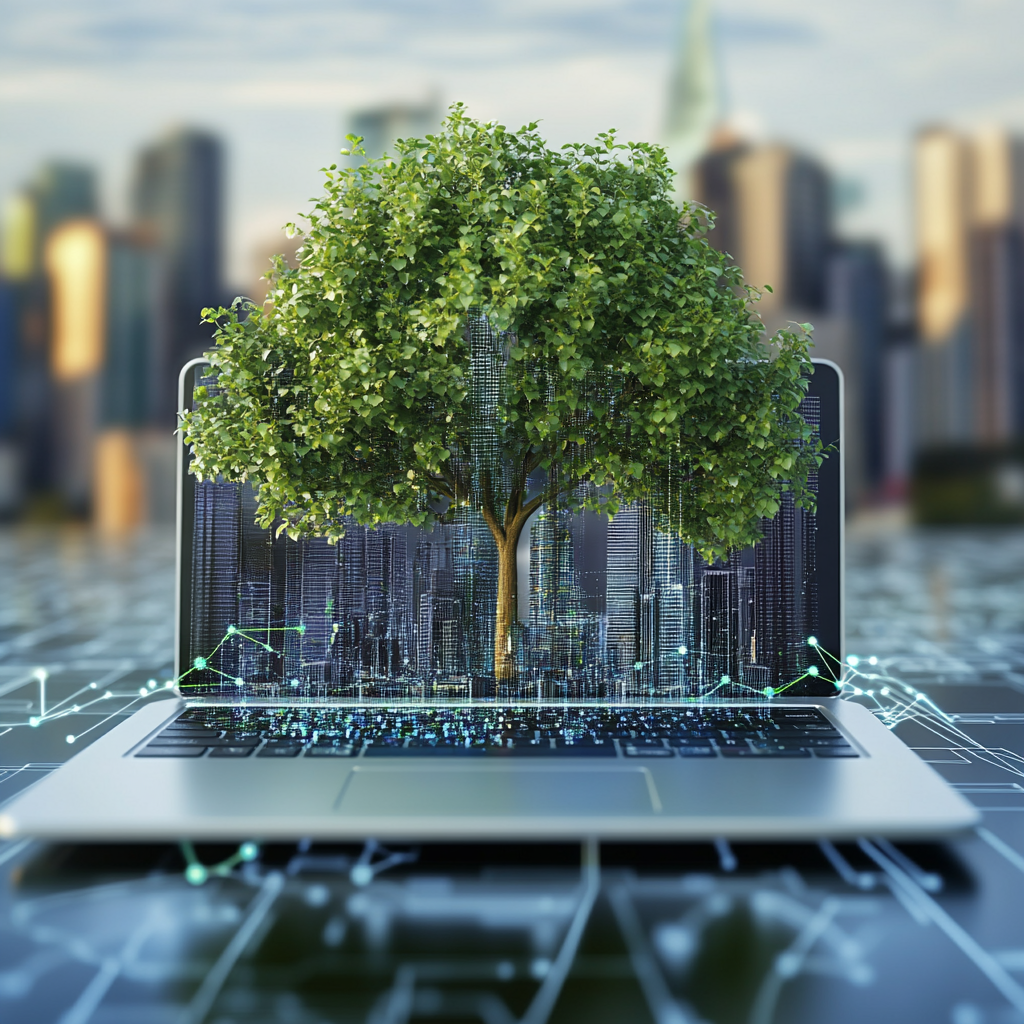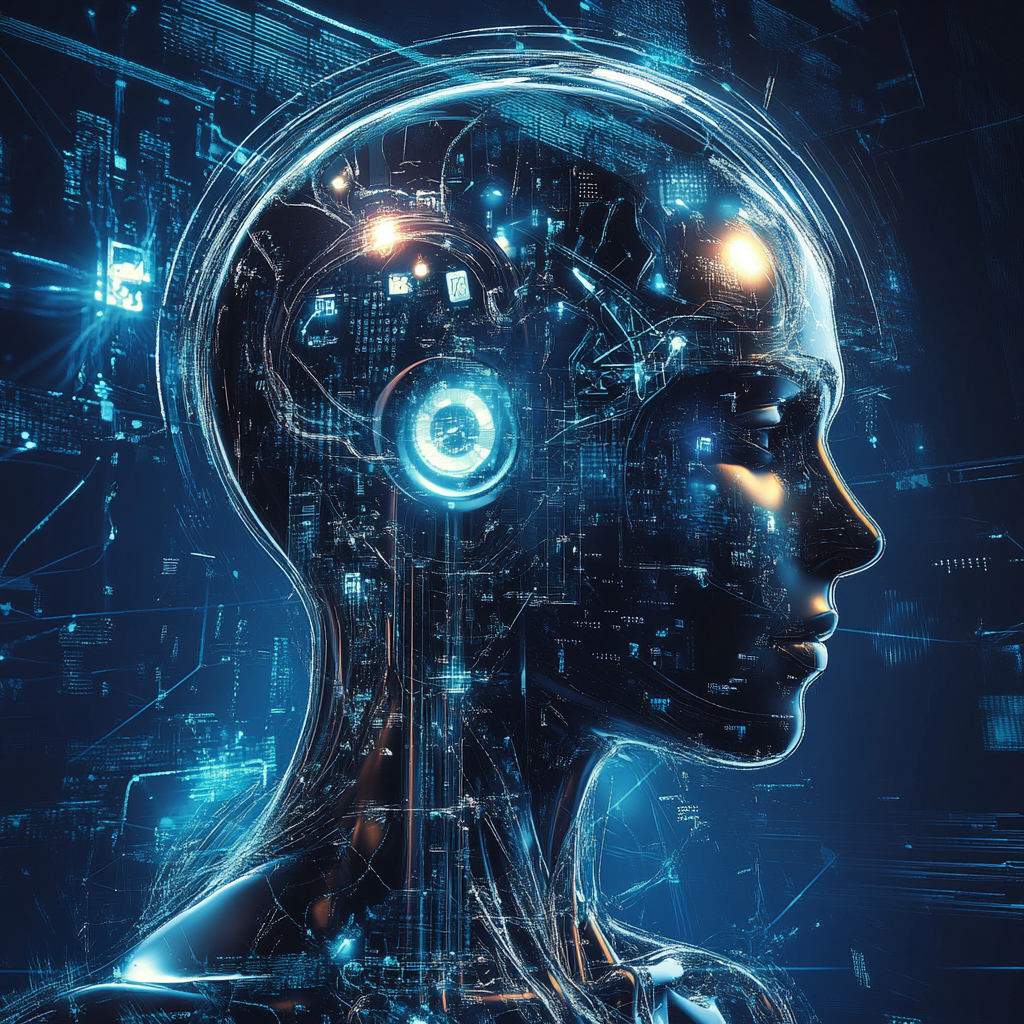How computing technology will evolve to power the next generation of immersive digital experiences

The metaverse represents the next evolutionary step in computing and digital interaction. As we stand on the brink of this new era, computer technology must undergo radical transformations to meet the demands of persistent, immersive virtual worlds.
Key Insight
The computers of the metaverse era won’t just be more powerful versions of today’s machines—they’ll be fundamentally different architectures designed for spatial computing, real-time collaboration, and persistent virtual environments.
1. The Hardware Revolution
Traditional computer hardware will need to evolve in several key ways to support metaverse applications:
Quantum-Leap GPUs
Next-generation graphics processors will need to render photorealistic environments in real-time while supporting thousands of simultaneous users. Expect ray tracing to become standard, with AI-assisted rendering reducing computational loads.
Neural Interfaces
Brain-computer interfaces will evolve from today’s primitive prototypes to sophisticated systems that can read neural patterns and translate thoughts into digital actions with increasing accuracy.
Haptic Feedback Systems
Advanced force feedback and tactile simulation will become standard features, allowing users to “feel” virtual objects through gloves, suits, and even direct neural stimulation.
By 2030, experts predict that metaverse-ready computers will require at least 1000x more processing power than today’s high-end gaming PCs to deliver truly immersive experiences at scale.

2. The Software Transformation
Metaverse computing will require entirely new software paradigms:
Persistent World Engines
Unlike today’s game engines, metaverse platforms will need to maintain persistent states for millions of users simultaneously, with real-time physics simulations that never “pause.”
AI Co-Creation Tools
Artificial intelligence will become a collaborative partner in content creation, helping users generate 3D assets, environments, and even complex behaviors through natural language prompts.
Decentralized Architectures
Blockchain and distributed computing technologies will enable user-owned virtual assets and decentralized governance models for metaverse spaces.
3. The Cloud Computing Shift
Most metaverse experiences will be powered by cloud infrastructure:
Edge Computing Nodes
To reduce latency, computing resources will move closer to users through distributed edge networks, enabling real-time interactions regardless of physical location.
5G/6G Dependence
Ultra-high-speed wireless networks will become essential for delivering high-fidelity metaverse experiences to mobile and wearable devices.
Hybrid Local-Cloud Processing
Sophisticated systems will split computational workloads between local devices and cloud servers based on latency requirements and processing needs.

4. New Form Factors
The computers of the metaverse era will come in shapes we can barely imagine today:
By 2035, the traditional desktop computer might disappear entirely, replaced by lightweight wearable systems that project interfaces directly into our visual field and respond to gestures, voice, and even thoughts.
Extended Reality Headsets
Today’s bulky VR headsets will evolve into sleek glasses that seamlessly blend digital content with the physical world.
Haptic Wearables
Full-body suits and gloves will provide tactile feedback, allowing users to feel virtual objects and interactions.
Ambient Computing
Our environments themselves will become interfaces, with walls, furniture, and even clothing embedded with computing capabilities.
The Big Challenge
The greatest technical hurdle for metaverse computing isn’t just raw power—it’s creating systems that feel completely natural to use, with interfaces so intuitive they disappear from conscious thought.
Preparing for the Metaverse Future
As we transition into this new era, both individuals and organizations should consider:
Skills Development
Learning 3D content creation, spatial computing principles, and blockchain technologies will be valuable for navigating the metaverse economy.
Infrastructure Investment
Businesses should plan for hybrid physical-digital operations and explore early metaverse platforms to understand their potential.
Ethical Considerations
We must establish frameworks for digital identity, privacy, and governance before these technologies become ubiquitous.

As computer technology evolves to meet the demands of the metaverse, we stand at the threshold of a digital revolution that will transform every aspect of our lives—from work and education to entertainment and social connection. The computers of tomorrow will be our gateways to these expansive new realities.






Leave a Reply